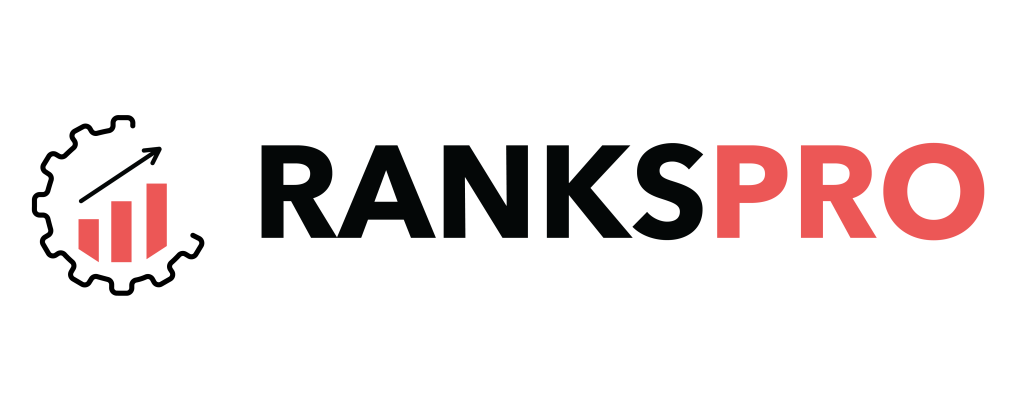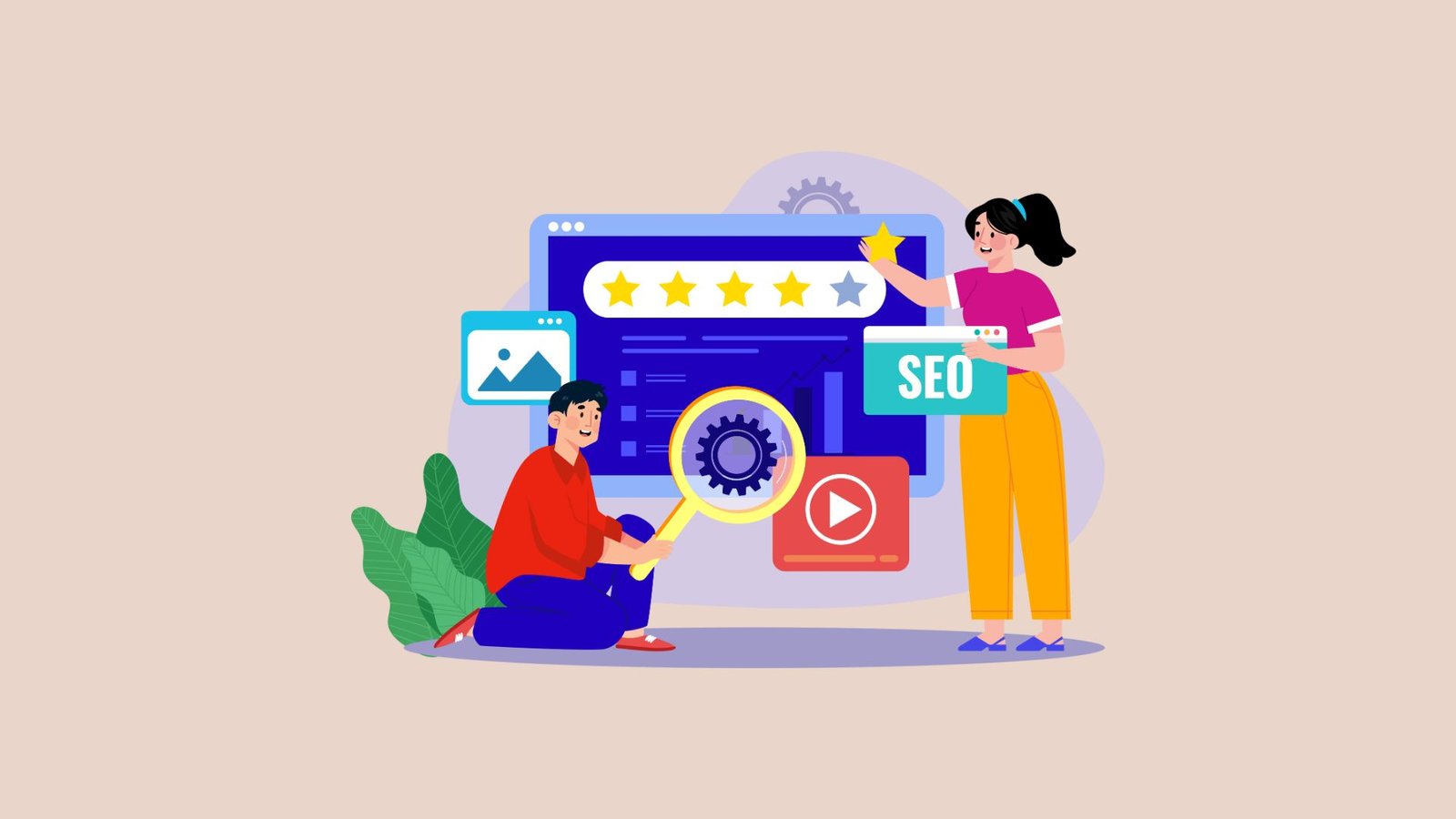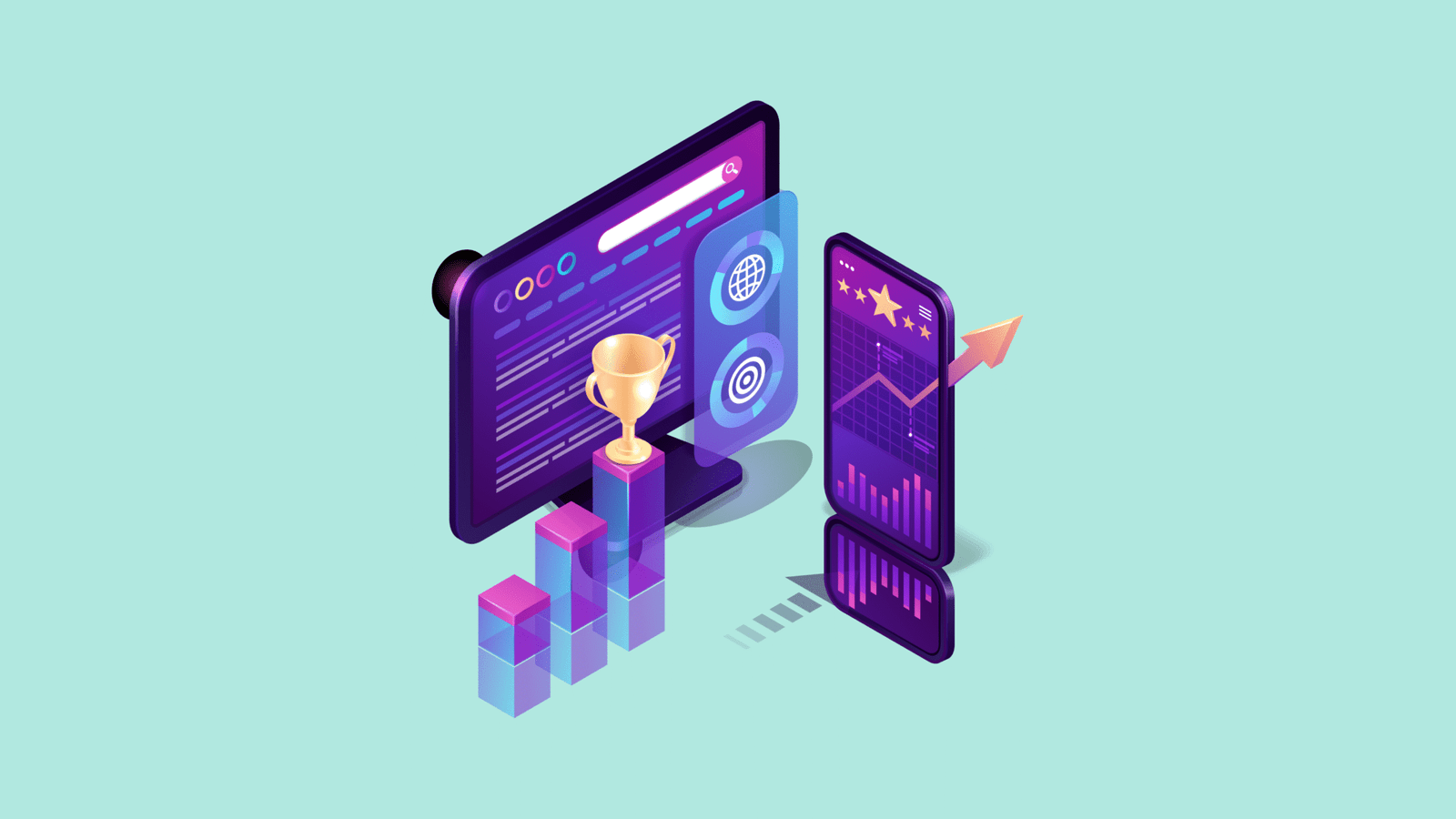Table of Contents
A website structure is incomplete without internal links in it. These links play a crucial role in SEO as well as content marketing. They possess an undenied significance when it comes to enhancing your website’s navigation.
According to John Mueller, Google Search Advocate:
“It’s a great way for you to tell us what you would consider important on your pages.”
From implementing best practices of internal linking for SEO to optimizing the content, this guide will help you discover crucial information you should know about this concept. It will bring several benefits to your website as well as overall SEO efforts.
To start with, let’s first know what is internal linking:
What is Internal Linking?
Internal linking refers to the practice of strategically embedding hyperlinks within a website that connect one webpage to another webpage on the same domain. This technique offers significant advantages for both website owners and visitors, ultimately contributing to a more optimized and user-friendly online experience.
Search engines rely on automated crawlers to discover and index website content. A well-structured internal linking architecture allows these crawlers to efficiently navigate your website, ensuring all valuable content is identified and indexed effectively. This can lead to improved search engine visibility and potentially higher organic traffic.

Strategic internal linking encourages users to explore a wider range of content on your website. This deeper engagement can lead to increased time spent on your site, a key metric for user satisfaction and potential conversions.
According to Google Search Central Blog, 20% of the websites submitted to the webmasters can improve their internal linking structure by improving anchor text utilization. So, you should avoid any mistake with internal linking while implementing it with anchor texts.
Internal linking for SEO serves as a cornerstone for website optimization. By implementing this factor strategically, you can enhance user experience, improve search engine rankings, and ultimately achieve your website’s goals.
Now that you know how internal linking for SEO works, you should know its significance for your over marketing strategy.
Importance of Internal Linking for SEO
Internal links are hyperlinks that connect pages within your website. They play a crucial role in SEO by aiding search engines and users in discovering and navigating your website effectively. Here are the top reasons why you should give importance to internal linking for SEO:
1. Helps Search Engine Index Your Site
Search engines utilize crawlers to discover and index websites by following link pathways across the internet. A well-structured internal linking architecture allows search engine crawlers to efficiently discover new content you publish.
Additionally, interlinking your content expedites the crawling process, leading to faster indexing and potentially improved SEO performance. And hence, you will achieve more search visibility on Google.
2. Improves Site’s Navigation
A well-designed internal linking structure benefits both users and search engines by facilitating smooth navigation. Internal links guide users towards discovering relevant information and resources on your website, encouraging further exploration.
This extended user engagement translates to increased time spent on your site, exposure to a wider range of offerings, and ultimately, higher engagement and conversions. Google prioritizes content that delivers a positive user experience, and internal linking contributes significantly to this aspect.
3. Distributes PageRank or Page Authority
Internal linking plays a vital role in distributing PageRank (a measure of a webpage’s importance according to Google’s algorithm) throughout your website. Pages with a high number of backlinks (external links pointing to them) possess greater PageRank authority.

This authority can be distributed to other connected pages on your website through internal links. By strategically incorporating internal links, you can leverage the authority of high-ranking pages to improve the ranking potential of other relevant pages.
4. Enhances User Experience
While internal linking is an SEO technique, its benefits extend beyond search engine optimization. Ultimately, it serves the user’s experience.
Internal links can connect users to relevant information, substantiate claims made in your content, and guide them towards targeted destinations within your marketing funnel. This fosters user trust and encourages them to spend more time engaging with your website.
Implementing a well-planned internal linking strategy offers a multitude of benefits, positively impacting both SEO performance and user experience.
Types of Internal Links in SEO
There are several types of internal links in SEO that can be used to serve different purposes. Let’s get to know each of them and how you can use them in your content:
1. Navigational Internal Links
These ubiquitous links act as a permanent navigation system for your website, defining its overall structure. They typically appear as text or icon menus at the header or footer of every page.
Navigation links help users explore different sections and key pages on your website. Moreover, these links are generally a part of both on-page and off-page SEO, helping crawlers as well as users to understand the navigational journey.
2. Contextual Internal Links
Embedded within your website’s content, contextual links point users towards related articles or topics. This strategic placement not only improves internal linking but also encourages users to delve deeper into your website by suggesting relevant content, potentially reducing bounce rates and boosting user engagement.
3. Bookmarks
Also known as named anchors, bookmarks function as internal links directing users to a specific section within a webpage. Implemented using HTML code like <a href=”#anchor name”>, bookmarks offer a convenient navigation tool for lengthy pages, allowing users to swiftly switch between the main content and the referenced section.
4. Author links
Author links are internal links that point to a dedicated author profile page on your website. These links typically appear at the bottom of an article or content piece, directly below the author’s name or byline.
5. Footer Links
Another form of navigational links, footer links consistently appear at the bottom of every webpage. They typically point users towards essential pages like “Contact Us,” “About Us,” or FAQs, providing easy access to valuable website information.
6. Sidebar Links
Predominantly used by news or recipe websites, sidebar links are another navigational link type. These strategically placed links guide users towards related content on the same website, encouraging further exploration.
Best Practices of Internal Linking for SEO
Understanding the importance of internal linking for SEO and its types won’t sufficient to implement this technique. You should know the crucial practices involved. Have a look:
1. Do Internal Linking on Content-Rich Pages
The most valuable internal links connect one relevant article to another. This establishes a robust internal linking structure, enhancing navigation within your website.
With a well-organized site architecture, you’ll likely already have sufficient links to core pages like the homepage, about us, and contact us.

The focus should primarily be on incorporating links within and between long-form content. This strategy naturally fosters a well-distributed internal linking network.
2. Use Descriptive Anchor Text for Internal Linking
Anchor text refers to the visible text of a link. It functions as a crucial signal for search engines, conveying the content of the linked page. Many SEO professionals consider anchor text as a ranking factor.
Even Google’s John Mueller has referred anchor text as a signal to search engines when used appropriately for internal linking. They offer clear context for both users and search engines regarding the linked content indirectly influences rankings.
When selecting anchor text for internal links, prioritize natural-sounding phrases that resonate with readers. Avoid excessive use of exact-match keywords, as an overabundance of keyword-stuffed links can appear suspicious to search engines.
3. Enhance Link Juice by Fixing Broken Internal Links
According to SEMrush, a staggering 42.5% of websites suffer from broken internal links. These occur when a link points to a non-existent page, often arising from website migrations or URL changes. Imagine encountering a “404 Not Found” error page repeatedly – it creates a frustrating user experience and hinders website navigation.
To address this issue, prioritize identifying and fixing broken internal links. Consider implementing redirects to guide users who access outdated links to the most relevant and up-to-date content.
This ensures a seamless user journey and preserves link equity, which refers to the value passed from one webpage to another. A 301 redirect, for instance, effectively transfers the link equity of the old page to its new location.
4. Prefer High Authority Pages for Internal Linking
One of the significant benefits of internal linking lies in its ability to distribute link equity. High-authority pages on your website that attract numerous quality backlinks (links from other websites) and rank well on search engine can help to boost the visibility of other related pages.
By incorporating internal links within these high-authority pages, you direct users and search engine crawlers to other vital pages on your website. However, it’s essential to maintain relevance.
Link only to pages that complement the topic at hand and avoid excessive linking practices known as “link stuffing.” This ensures a natural user experience and prevents search engines from penalizing your website.
5. Utilize Pillar Pages for Internal Linking
Pillar pages serve as the foundation for topic clusters within your website’s content architecture. These comprehensive pages delve into a broad topic and link outwards to related, more specific content. Think of a pillar page as a central hub housing a group of articles that explore various subtopics falling under a broader umbrella.
Pillar pages should target high-volume, broad keywords. For instance, if your website focuses on gardening, a pillar page might be titled “The Beginner’s Guide to Gardening.” It would then link to more specific content on topics like “Planting Vegetables,” “Choosing the Right Flowers,” or “Composting Techniques.”

This cluster structure fosters user engagement by providing a clear pathway to explore in-depth content on related topics. However, avoid creating overly niche pillar pages. These might struggle to generate enough subtopics for an informative cluster.
6. Don’t Stuff Too Many Links
While internal linking is beneficial, oversaturation can be counterproductive. While there’s no documented limit on the number of internal links per page, a reasonable range is typically 2-5 links per post, depending on its length.
A 1500-word article could comfortably accommodate five internal links. The key lies in strategic placement. Rather than clustering links at the beginning or end of your content, distribute them organically throughout the text.
7. Prioritize Contextual Internal Links
The core objective of an internal linking strategy should always be user experience. Google prioritizes websites that deliver a positive UX.
When you incorporate internal links within your content, you’re essentially guiding users to relevant resources that deepen their understanding of the topic. This creates a win-win situation.
Users discover more relevant content to explore, and your website benefits from improved engagement and potentially higher search engine rankings due to the well-structured internal linking architecture.
Utilize RanksPro SEO Tool to Enhance Internal Linking Structure
By implementing these strategies, you can establish a robust internal linking strategy that optimizes your website for search engines, fosters user engagement, and ultimately contributes to the success of your website’s overall SEO efforts. Remember, a balanced approach is key – prioritize quality and user experience over excessive internal linking practices.
However, finding issues and scopes of optimization to enhance linking structure of your website will require an assistance from a profound SEO tool. And this is where RanksPro comes to rescue!
RanksPro is a widely utilize professional SEO tool that can help you discover website optimization opportunities and boost your overall SEO performance. It offers several features:
- Website Audit Tool: Get a complete health check of your website to know what areas need improvements and which pages are performing well. This feature will also help you optimize technical aspects for better outcomes.
- Keyword Research Tool: Find the most relevant keywords for your services, blogs and more. This tool will help you discover terms that can helpful for internal linking and hence you can utilize them to increase discoverability of your content as well.
- Backlink Checker Tool: Track the number of backlinks for your content and pages to know how well you’re performing in terms of organic traffic and authority. Gain possibilities to do more internal linking on pages which are highly backlinked from reliable sources.
- Competitive Research Tools: Analyze your competitors and their performance to enhance your strategies. RanksPro will provide comprehensive reports that can enable you to create goal-oriented strategies.
Setting up the strategies for internal linking right can really level up the performance of your website’s SEO. With RanksPro, you will have an added advantage for your win-win SEO game. Signup for free access today!




